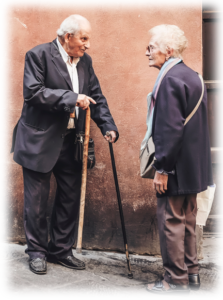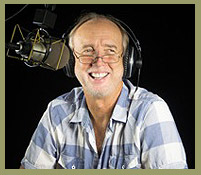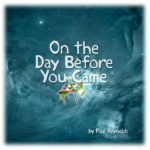Of youth, beauty and getting old
“One rule of the game, in most times and places, is that it’s the young who are beautiful. The beauty ideal is always a youthful one. This is partly simple realism. The young are beautiful. The whole lot of ’em. The older I get, the more clearly I see that and enjoy it.
And yet I look at men and women my age and older, and their scalps and knuckles and spots and bulges, though various and interesting, don’t affect what I think of them. Some of these people I consider to be very beautiful, and others I don’t. For old people, beauty doesn’t come free with the hormones, the way it does for the young. It has to do with bones. It has to do with who the person is. More and more clearly it has to do with what shines through those gnarly faces and bodies.
But what makes the transformations of aging so anguishing, isn’t the loss of beauty — it’s the loss of identity, a frustratingly elusive phenomenon to begin with.
I know what worries me most when I look in the mirror and see the old woman with no waist. It’s not that I’ve lost my beauty — I never had enough to carry on about. It’s that that woman doesn’t look like me. She isn’t who I thought I was.
A child’s body is very easy to live in. An adult body isn’t. The change is hard. And it’s such a tremendous change that it’s no wonder a lot of adolescents don’t know who they are. They look in the mirror — that is me? Who’s me?
And then it happens again, when you’re sixty or seventy.
Who I am is certainly part of how I look and vice versa. I want to know where I begin and end, what size I am, and what suits me… I am not “in” this body, I am this body. Waist or no waist.
But all the same, there’s something about me that doesn’t change, hasn’t changed, through all the remarkable, exciting, alarming, and disappointing transformations my body has gone through. There is a person there who isn’t only what she looks like, and to find her and know her I have to look through, look in, look deep. Not only in space, but in time.
There’s the ideal beauty of youth and health, which never really changes, and is always true. There’s the ideal beauty of movie stars and advertising models, the beauty-game ideal, which changes its rules all the time and from place to place, and is never entirely true. And there’s an ideal beauty that is harder to define or understand, because it occurs not just in the body but where the body and the spirit meet and define each other.
My mother died at eighty-three, of cancer, in pain, her spleen enlarged so that her body was misshapen. Is that the person I see when I think of her? Sometimes. I wish it were not. It is a true image, yet it blurs, it clouds, a truer image. It is one memory among fifty years of memories of my mother. It is the last in time. Beneath it, behind it is a deeper, complex, ever-changing image, made from imagination, hearsay, photographs, memories. I see a little red-haired child in the mountains of Colorado, a sad-faced, delicate college girl, a kind, smiling young mother, a brilliantly intellectual woman, a peerless flirt, a serious artist, a splendid cook—I see her rocking, weeding, writing, laughing — I see the turquoise bracelets on her delicate, freckled arm — I see, for a moment, all that at once, I glimpse what no mirror can reflect, the spirit flashing out across the years, beautiful.
That must be what the great artists see and paint. That must be why the tired, aged faces in Rembrandt’s portraits give us such delight: they show us beauty not skin-deep but life-deep.
—Ursula K. Le Guin

“Not Christian or Jew or Muslim, not Hindu, Buddhist, Sufi, or Zen. Not any religion or cultural system…..” - Rumi
For over 30 years Paul Reynolds has collected and shared inspiration from a wide variety of sources. Embracing the philosophy that at the core of all these expressions is the reminder that we are loved and supported every moment. This unending stream of inspiration, imagination and wisdom is posted via his weekly ‘Living the Question Blog’, which has become ‘home’ for those discoveries. If you would like to receive the readings and share them with those you feel will benefit, please fill out the ‘Subscribe’ form to the right and Paul’s selections will come to your email every Friday.





